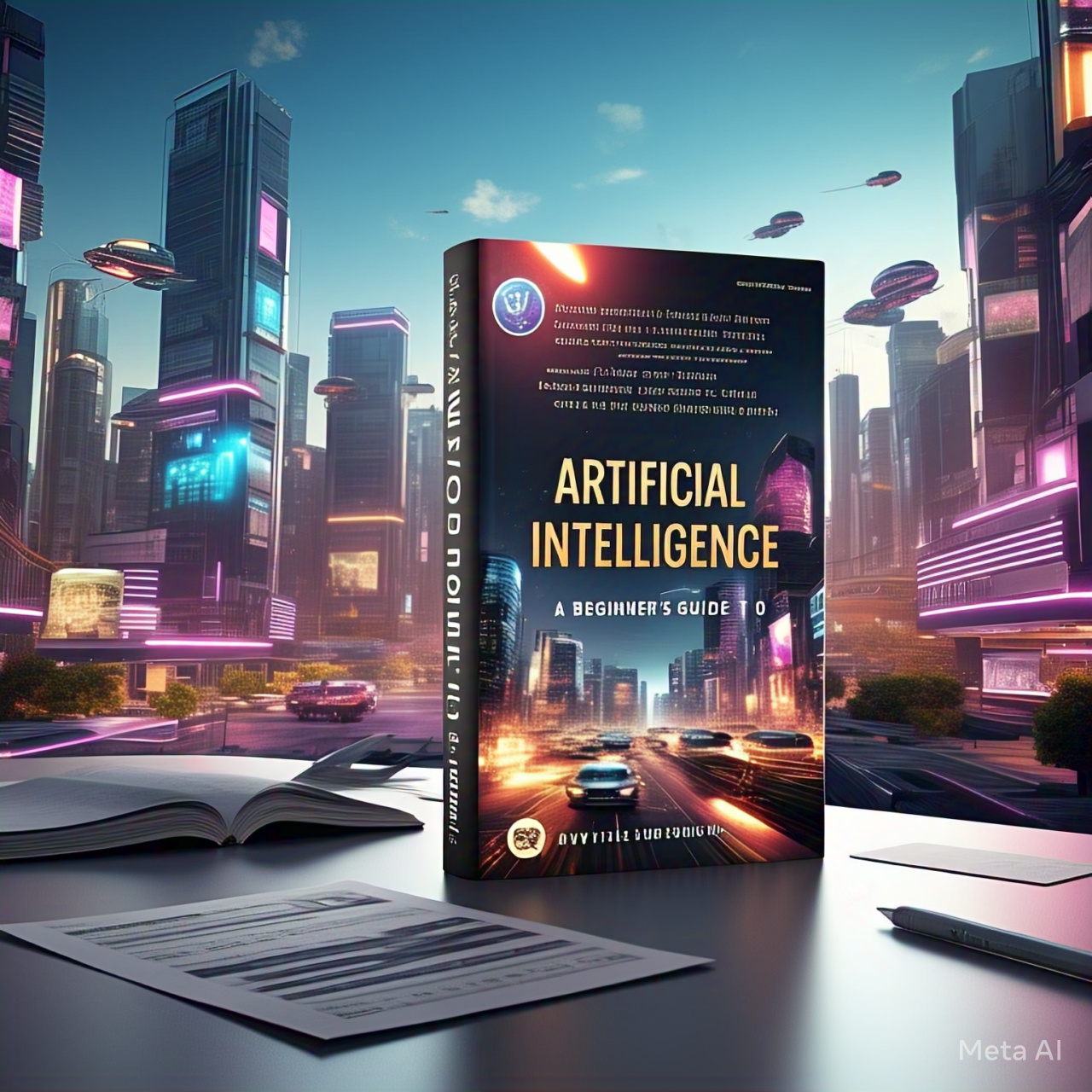Table of Contents
- Introduction
- The Role of AI in Web Scraping
- How AI Enhances Traditional Web Scraping
- Steps to Build an AI-Powered Web Scraper
- Data Collection
- Data Cleaning and Processing
- Natural Language Processing (NLP)
- Machine Learning Model Training
- Automating Data Extraction
- Tools for AI-Powered Web Scraping
- Ethical Considerations and Legal Aspects
- Challenges and Solutions
- FAQs
- Conclusion
- References
1. Introduction
The increasing demand for automated data extraction has led to the development of AI-powered web scrapers. Traditional web scrapers rely on rule-based extraction, but Artificial Intelligence (AI) can enhance scraping efficiency by adapting to dynamic websites, handling unstructured data, and improving accuracy.
In this article, we will explore how AI is transforming web scraping, the steps to build an AI-driven scraper, and the best tools for the job.
2. The Role of AI in Web Scraping
AI enhances web scraping by introducing machine learning algorithms that improve data extraction and processing. Key benefits include:
- Handling dynamic content (JavaScript-heavy pages).
- Identifying and structuring unstructured data.
- Automating CAPTCHA solving.
- Reducing reliance on hard-coded rules.
By integrating deep learning and natural language processing (NLP), AI-powered web scrapers extract more meaningful insights from data.
3. How AI Enhances Traditional Web Scraping
| Traditional Scraping | AI-Powered Scraping |
|---|---|
| Uses regex and XPath for extraction | Uses NLP to understand text |
| Struggles with dynamic content | Handles JavaScript-rendered pages |
| Requires frequent rule updates | Adapts automatically |
| Can be detected easily | Mimics human-like browsing |
4. Steps to Build an AI-Powered Web Scraper
1. Data Collection
Data is gathered from multiple sources such as:
- E-commerce websites for product pricing.
- News portals for sentiment analysis.
- Stock market sites for financial predictions.
Example: Scraping with Python and BeautifulSoup
import requests
from bs4 import BeautifulSoup
url = "https://example.com"
response = requests.get(url)
soup = BeautifulSoup(response.text, 'html.parser')
data = [item.text for item in soup.find_all('p')]2. Data Cleaning and Processing
Raw data is cleaned using:
- Removing duplicates.
- Handling missing values.
- Text normalization (lowercasing, stemming, etc.).
Example: Cleaning Data with Pandas
import pandas as pd
df = pd.DataFrame(data, columns=['text'])
df.drop_duplicates(inplace=True)
df.dropna(inplace=True)
df['text'] = df['text'].str.lower()3. Natural Language Processing (NLP)
AI can extract insights using NLP models for:
- Sentiment analysis (e.g., classifying product reviews as positive or negative).
- Named entity recognition (NER) (e.g., identifying company names, locations, dates).
Example: NLP with SpaCy
import spacy
nlp = spacy.load("en_core_web_sm")
doc = nlp("Apple Inc. announced its new product.")
for ent in doc.ents:
print(ent.text, ent.label_)4. Machine Learning Model Training
ML models improve scraping accuracy by learning from past data. Models include:
- Decision Trees for classification.
- Convolutional Neural Networks (CNNs) for image-based scraping.
- Reinforcement Learning for adaptive scraping strategies.
5. Automating Data Extraction
Once trained, the AI-powered scraper can:
- Adapt to website layout changes.
- Extract and structure data automatically.
- Use CAPTCHA-solving techniques (e.g., deep learning-based image recognition).
5. Tools for AI-Powered Web Scraping
| Category | Tools |
| Web Scraping | Scrapy, Selenium, BeautifulSoup |
| Machine Learning | TensorFlow, Scikit-Learn, PyTorch |
| NLP Processing | SpaCy, NLTK |
| Data Storage | MySQL, MongoDB, AWS |
6. Ethical Considerations and Legal Aspects
AI-powered web scraping must comply with legal and ethical guidelines such as:
- Respecting Robots.txt – Check website scraping permissions.
- Avoiding Personally Identifiable Information (PII) – Follow data privacy laws.
- Rate Limiting Requests – Prevent overloading servers.
7. Challenges and Solutions
| Challenge | Solution |
| CAPTCHAs & Anti-Scraping Measures | Use AI-based solvers or CAPTCHA-breaking services. |
| Handling JavaScript-heavy Pages | Use Selenium or Puppeteer. |
| Data Cleaning Complexity | Automate cleaning using NLP techniques. |
| Scaling Web Scraping | Implement cloud-based solutions. |
8. FAQs
Q1: What makes AI-powered web scraping better than traditional scraping?
A: AI enables more adaptive, scalable, and efficient data extraction.
Q2: Can AI solve CAPTCHA challenges?
A: Yes, deep learning models can recognize and bypass CAPTCHA images.
Q3: What are the best AI frameworks for web scraping?
A: TensorFlow, Scikit-Learn, and PyTorch are widely used.
Q4: Is AI-powered web scraping legal?
A: Always check website terms of service and comply with regulations.
Q5: How can I prevent my scraper from getting blocked?
A: Use rotating proxies, user-agent spoofing, and request throttling.
9. Conclusion
AI-powered web scraping is revolutionizing data extraction by enabling automation, adaptability, and efficiency. By integrating machine learning, NLP, and cloud computing, organizations can extract valuable insights from large-scale web data.
However, legal and ethical considerations must be addressed to ensure responsible data collection.




